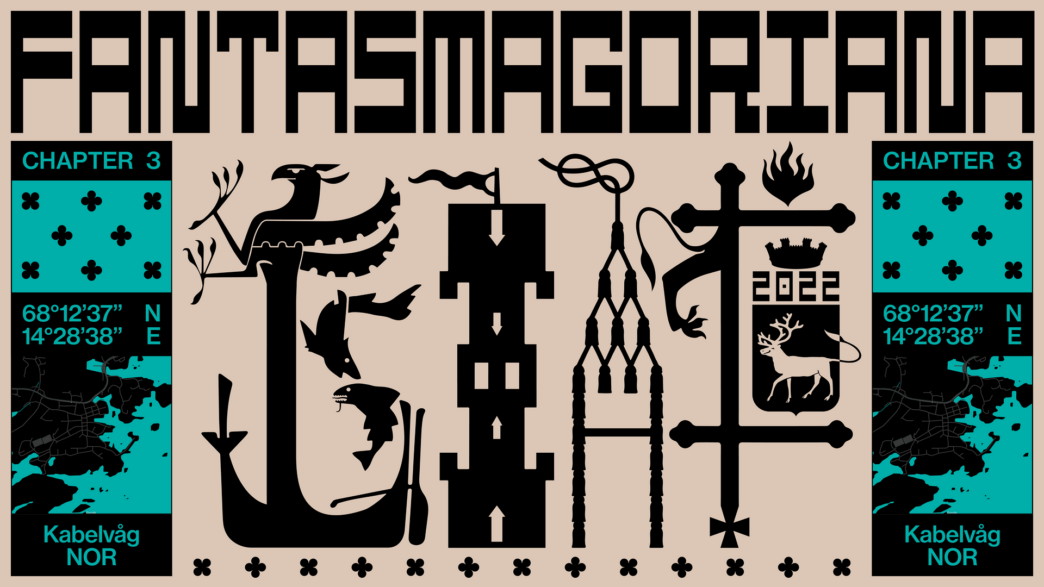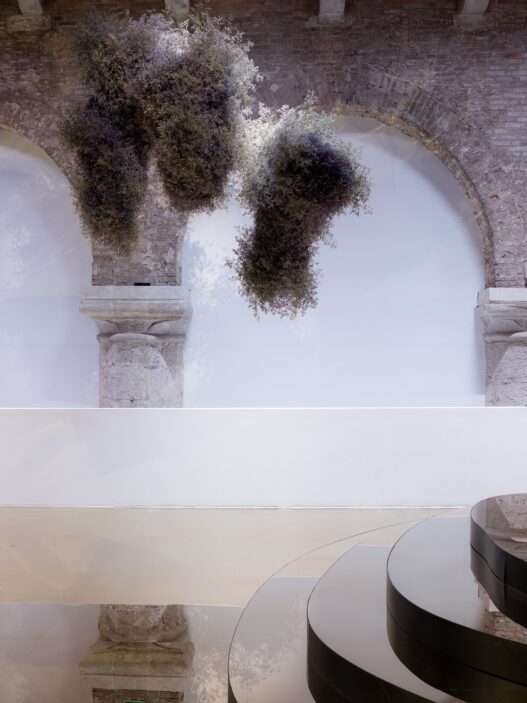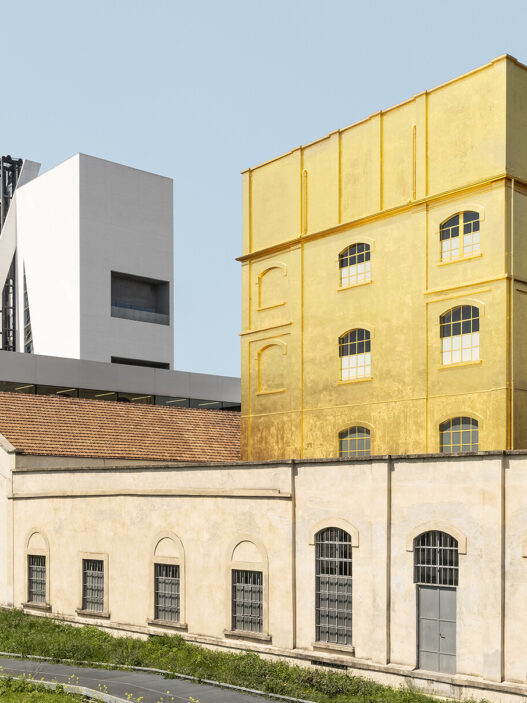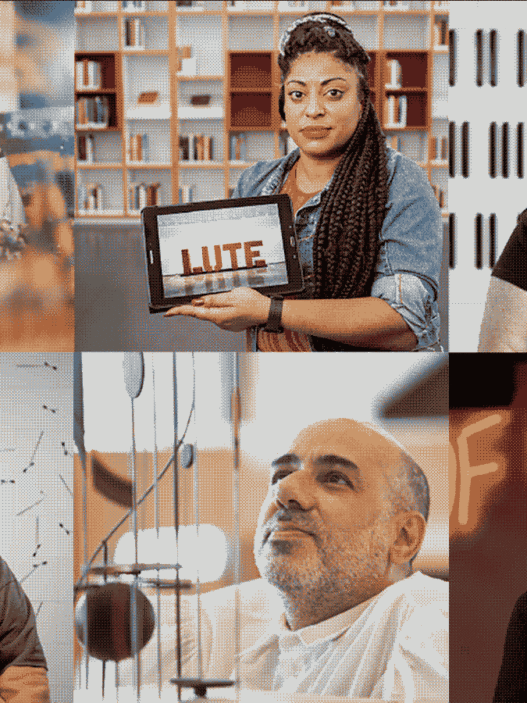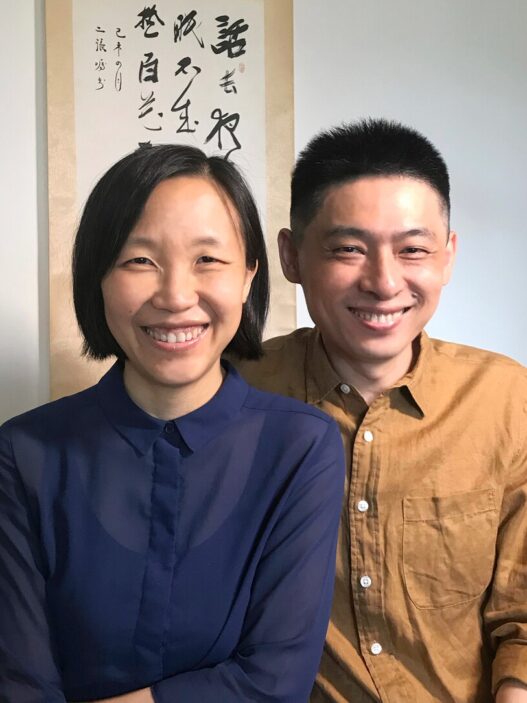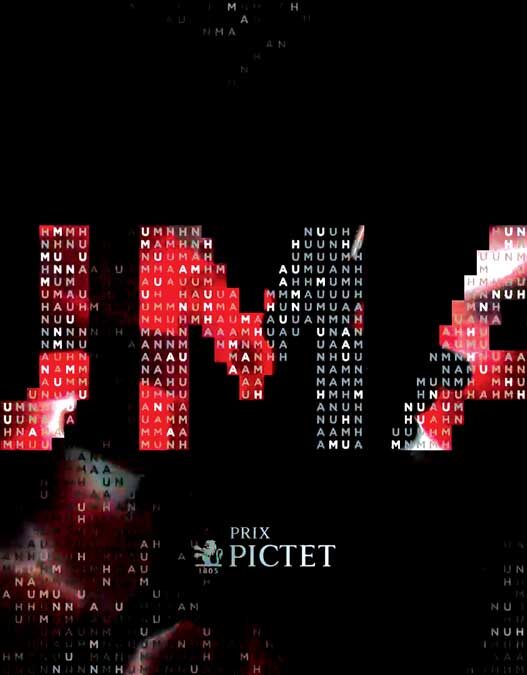September 3–October 2, 2022
Opening reception: September 3
This year marks the 30th anniversary of the Lofoten International Art Festival (LIAF), the longest-running contemporary art biennial in Scandinavia. Since 2009, LIAF has been under the management of the North Norwegian Art Centre. Every two years, the festival, which has a nomadic vibe, is hosted at various locations in the Lofoten islands, an archipelago above the Arctic Circle. A sustainable manufacturing strategy that interacts with the area’s intricate natural and cultural ecosystem has always been necessary given the severe environment in which LIAF operates.
Fantasmagoriana is the theme of LIAF 2022, which is organized by the team Francesco Urbano Ragazzi. It takes place at five locations in the city of Kabelvg from September 3 to October 2, 2022. The city was chosen because it was where Dada artist Kurt Schwitters was imprisoned during the Nazi occupation of Norway and because it is currently the location of the world-class film school Nordland kunst- og filmhgskole.
LIAF 2022 – Fantasmagoriana was born out of the telling of an oral story rather than a concept. This story was intended to serve as a method for sharing tacit knowledge, allowing information about historical, fictional, and political events to freely intertwine with new maps as they changed and evolved to fit the contexts in which the invited artists work. We now wish to tell you this tale.
The horror story collection with the same name that gave birth to the two monsters of Western modernity, Dracula and Frankenstein, is called Fantasmagoriana. But you have to go back a bit to understand how this happened. The Tambora volcano in Indonesia erupts in 1815. A succession of unfavorable natural events result from this event, which sets off a chain reaction. For many months, waves of cold and torrential rain sweep across Asia and Europe; as a result, 1816 is renowned as the year without summer. These climatic circumstances cause a cholera outbreak to move from South Asia to the Middle East. The impact of these two variables on the global economy is unpredictable. The following years see famines in several parts of China, particularly Yunnan. In an attempt to resist, the people living there convert many traditional crops to opium cultivation. This is perhaps how international drug dealing is born in the modern age.
Soon, cholera and the unfavorable weather reach Europe as well. A group of writers and friends decide to spend some time alone at Villa Diodati in the Swiss town of Cologny precisely because of this. Lord Byron, John Polidori, Lord Byron’s physician, Mary Shelley, her sister, and Mary Shelley’s husband Percy Bysshe Shelley are all present. The group so assembled starts reading terrifying books to pass the time. One of them is Fantasmagoria.
The group decides to establish a challenge for themselves after reading Fantasmagoriana: to scare each other by coming up with original horror stories. Two books are the result of the challenge: Mary Shelley’s Frankenstein and John Polidori’s The Vampyre, which served as the basis for Bram Stoker’s Dracula. Fantasmagoriana demonstrates, in essence, that works of art are alive, reproducible entities capable of mutation.
But this is not the end of the tale that began with the Tambora volcano’s eruption. In reality, scientists later established that such occurrences led to momentary ice melting at the poles. The British Empire spent a lot of money researching the North Pole for fifty years in pursuit of the northwest route after noticing the strange natural phenomenon. The attempt, which was unsuccessful at the time, marked the beginning of the Arctic’s irreparable problem from extractive exploitation.
One of the reasons Mary Shelley chose to set the initial chapters of her book in the Arctic, where Captain Robert Watson writes to his sister about a strange encounter with a doctor who is fleeing the monster he gave birth to, is the importance of the northern region to Europe’s expansionist economy.
More than 200 years later, in the midst of fresh climatic, medical, and political crises, the Arctic is once again used as a vantage point from which to observe the modern-day monsters. a fantastical environment where technology and nature coexist with fiction to create narrative forms that go beyond the scope of physical items.
In the midst of the neo-Gothic turmoil of our day, LIAF 2022 – Fantasmagoriana considers the strength of community in the face of isolation and distance, as well as the assertion of art as an unexpected form of life.
Fantasmagoriana introduces brand-new immortality myths that clash with the fragile nature of reality into the Arctic. In the city of Kabelvg, it creates monuments that are flimsy, light, and portable. They represent the coming together of friends, whether they had known one another before or not.
The initiative is funded by the Italian Council (10th edition, 2021), a program run by the Directorate-General for Contemporary Creativity of the Italian Ministry of Culture to promote Italian contemporary art abroad.
Where: multiple venues in Kabelvåg (Norway)
Participating artists: Nora Al-Badri, Bassam Al-Sabah, Marianne Berenhaut, Alessandra Cianchetta, Kirstine Colban Aas, Pauline Curnier Jardin, Tomaso De Luca, Nolan Oswald Dennis, Cheryl Donegan, Kaare Espolin Johnson, Gaia Fugazza, Aage Gaup, Kenneth Goldsmith, Shadi Habib Allah, Auriea Harvey, Susan Te Kahurangi King, Tomáš Kajánek, Lars Laumann, Sonia Leimer, Olof Marsja, Mary Haugen, Jonas Mekas, Haroon Mirza, Raffaela Naldi Rossano, Eivind H. Natvig, New Mineral Collective, Thebe Phetogo, Christine Rebet, Sille Storihle, Tine Surel Lange, Emma Talbot, Tsai Ming-liang, Stan VanDerBeek, Rimaldas Vikšraitis, Elina Waage Mikalsen, Jennifer West, plus artworks, objects, documents and curiosities from different collections in Lofoten
Curated by: Francesco Urbano Ragazzi










